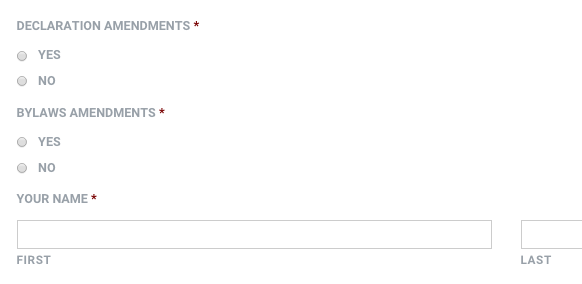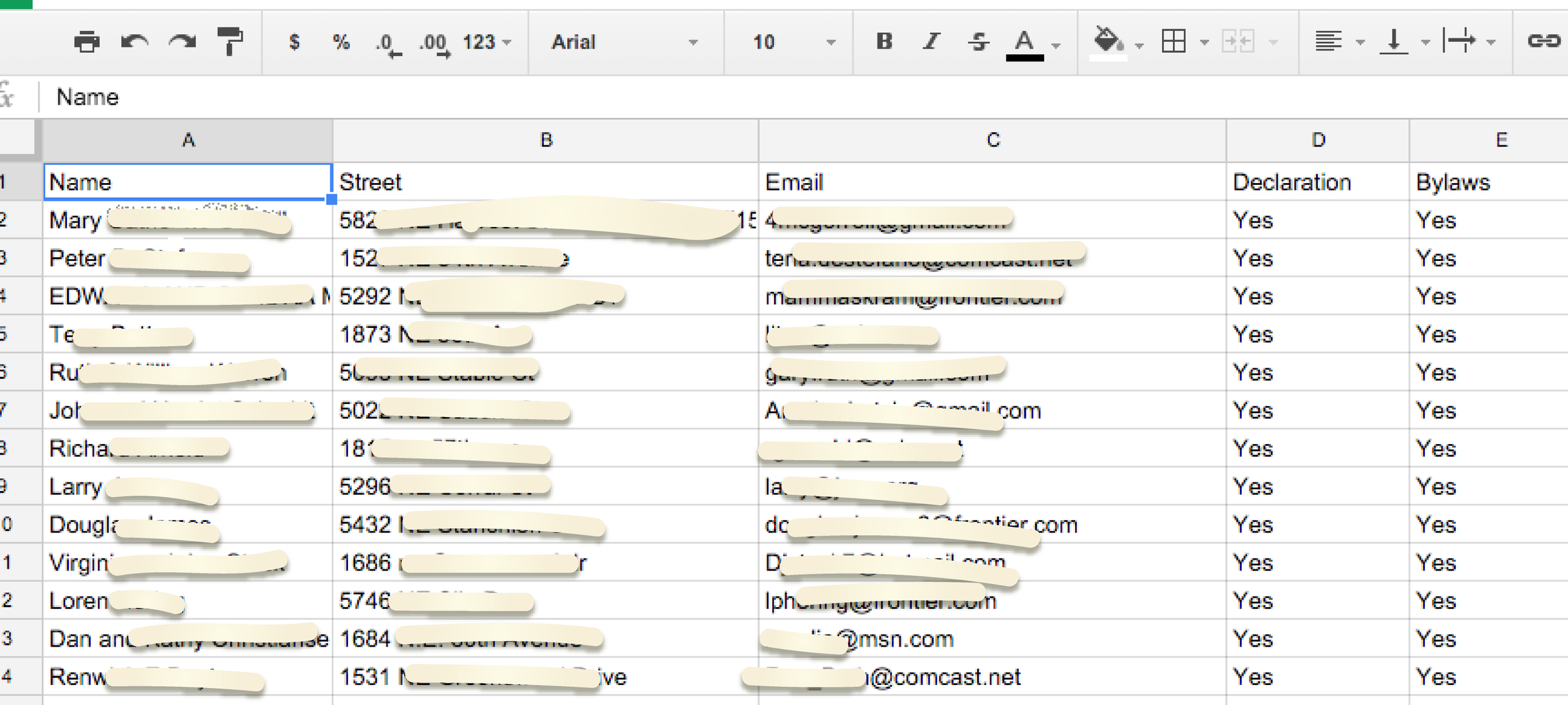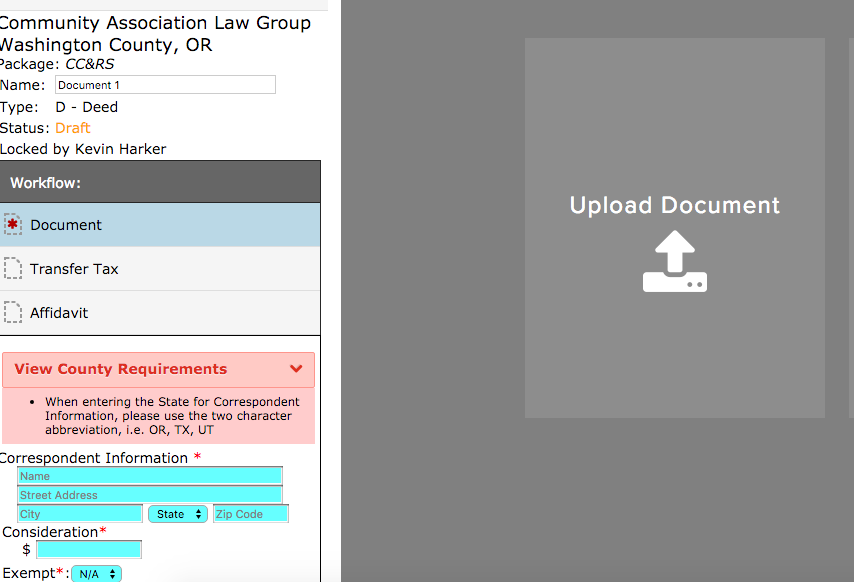Amending your condominium or homeowners association governing documents is no easy chore. It can be a long and costly process, and even then, you may not receive enough votes to approve the amendments. The process of amending goes like this:
1. Identify the reasons for amendments 2. Determine any statutory requirements 3. Determine voting requirements 4. Decide on the method of voting 5. Solicit owner feedback on proposed amendments 6. Conduct the vote 7. Prepare the amendments for recording 8. Sign and notarize 9. Secure any governmental approvals 10. Record the amendments with the county recorder
Here are some things to consider before embarking on an amendment project:
Identify the Reasons for the Amendments
There are many reasons to amend governing documents. Common reasons include:
1. Legislative changes 2. Ambiguous provisions 3. Outdated provisions 4. Community demographic has changed 5. Removal of “declarant” language 6. Adding or removing restrictions
It’s critical that the reasons for each amendment are conveyed to the owners. After all, most amendments require owner approval. Making a convincing case to the ownership will result in higher voter turnout and more “yes” votes.
Find out What’s Required
Most CC&R amendments require a vote of between 65%-75% of the entire ownership. Bylaw amendments typically require a majority vote of the owners. However, sometimes state law will require different approval requirements. For example, in Oregon condominiums the approval of 75% of all owners is required for any amendment related to pet restrictions or the rental or leasing of units. (ORS 100.410(4)). In Washington, a homeowners association may amend its governing documents to remove discriminatory provisions by a majority vote of just the board of directors (RCW 64.38.028)
Method of Voting
Most associations will find it impossible to approve a governing document amendment at a physical meeting of the owners. For a CC&R amendment requiring 75% approval, the chances of that many owners attending a physical meeting in person or proxy is slim. The most common method is to conduct the vote by written ballot. Better yet, some communities may conduct the vote via online ballot. This often generates the most voter turn out. For an example of an online ballot, click here.
Finalize and Record
Once the required number of votes have been received, the amendment must be prepared for signature and recording. In some cases, approval by the state or a governmental authority must be received and reflected on the amendment. The amendment should contain references to the original documents which are subject to the amendments, and must be signed and notarized. The amendments do not become effective until recorded with the county recorders office.






